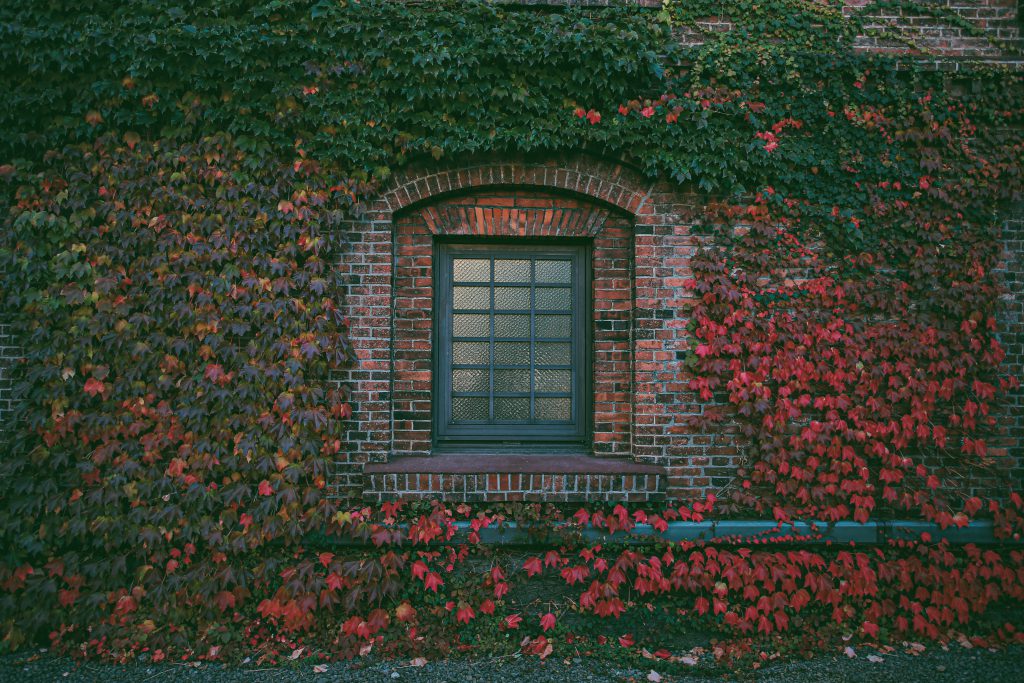Story and Photos NICK M.
Starting in October, the charming urban center of Sappoio is transformed into a stunning landscape colored by yellow and red leaves.

Moerenuma Park
This is the one of the most renowned destinations in Sapporo, a magnificent park built on what was a public waste dump until 1979. In 1988, the Japanese-American landscape architect Isamu Noguchi began transforming the site into a unique outdoor “art museum” and by 2005, Moerenuma Park started welcoming visitors.
Inside the park, there are numerous architectural structures, with the glass pyramid named Hidamari (loosely translated as “Sunlight”) standing out. The three-story structure houses an exhibition about Isamu Noguchi, a restaurant and exhibition spaces. The park also features a hill, tall rows of trees and Moere Lake. Each autumn, standing atop the hill, visitors can gaze upon the forest aglow with golden hues under the sunlight, a natural masterpiece reminiscent of landscapes by painter Isaac Ilyich Levitan.
Amid the autumn air and majestic scenery, Moerenuma Park is ideal for a day trip. Guests can enjoy a bike ride beneath the golden foliage, or simply sit atop the 52m artificial hill, savoring sushi and sipping beer, all while beholding the unique architecture of the grand structures.
Hokkaido University
Hokkaido University is one of the most beautiful campuses in Japan. It becomes a tourist attraction during autumn when a 380-meter-long street lined with 70 ginkgo trees is carpeted in a brilliant yellow hue. In the fullness of autumn, these rows of trees create an incredibly romantic golden tunnel, becoming a favorite spot for couples to stroll. Even though the campus is located in an urban area in the city center, Hokkaido University is designed to harmonize with nature, completely isolated from the city’s noise. Walking under the “golden tunnel,” occasional breezes sweep through as if autumn itself is gently brushing against you, leaving behind a few delicate branches that detach and fall softly to the ground.

Otaru Canal
Often likened to a miniature version of Venice, the Otaru Canal was constructed in 1923 as a waterway for the transportation of goods. Over time, Otaru has transformed into a must-visit tourist spot for visitors to Sapporo.
When autumn arrives, a large section of the wall seems to don a radiant red coat, casting its reflection on the clear waters of the canal in a poetic image. Many old houses in Otaru also plant climbing vines, so when autumn comes, the red leaves infiltrate each wall, creating an elegant coat. At first glance, these houses in red almost appear to be preparing for a festival, perhaps to celebrate the romantic season of autumn.
Ramen Alley
Sapporo is renowned as the birthplace of the famous miso ramen. The broth for miso ramen typically includes vegetables and meat; this combination yields a rich flavor, so aromatic that many tourists as irresistible when walking through a well-known cluster of ramen shops in Sapporo. Ramen Alley has been operational since 1948, with only eight ramen shops each accommodating 8-12 seats. Today, Ramen Alley has become a famous landmark in Sapporo with nearly 20 stores. Each restaurant offers a unique flavor, with the predominant specialty being miso ramen.
Autumn might begin with leaves that change color just after a night of rain, brightly showcasing their hues under the gentle sunshine before being swept away by the wind, dancing in mid-air. If you get a chance to visit Sapporo, where autumn begins in Japan, let yourself wander past historical architectural structures, through charming little streets, and into a cramped yet cozy eatery to experience the season’s vitality expressed in both aroma and flavor.










